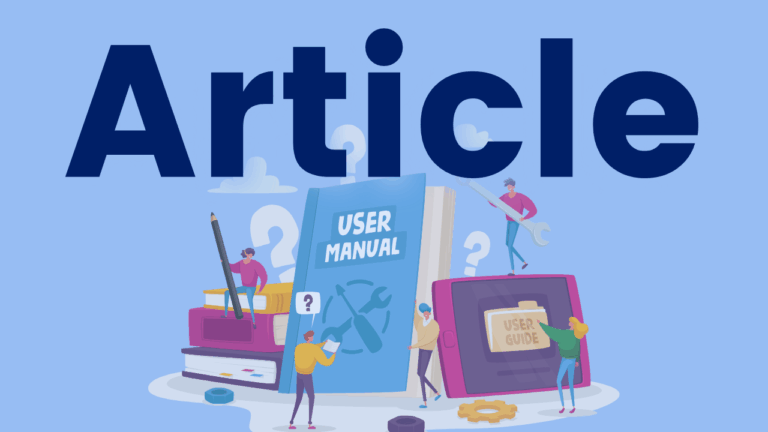Phonemic Inventories and Cultural and Linguistic Information Across Languages
It is of critical importance that educators learn as much as they can about students’ home language in order to provide both effective and culturally relevant and responsive instruction. ASHA maintains a list of phonemic inventories that support educators in learning more about the structure of languages student speak.



